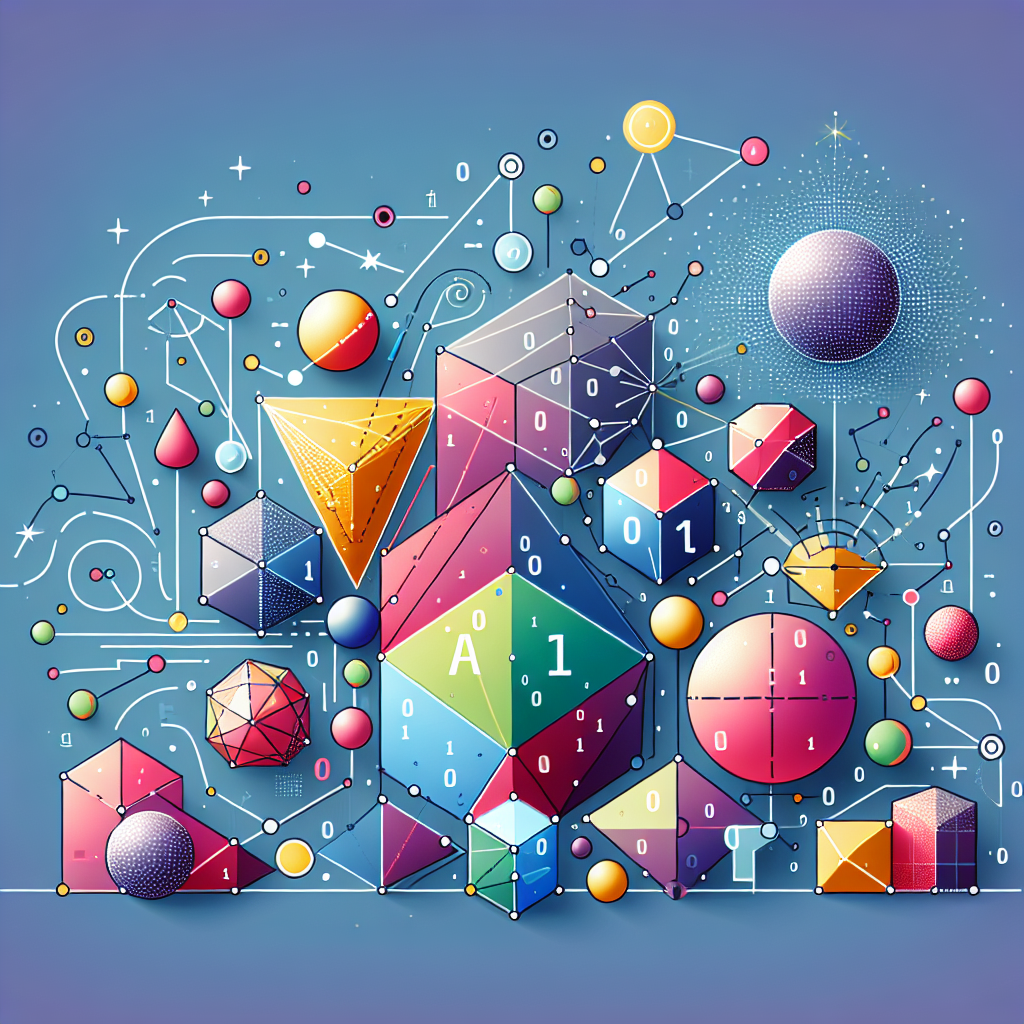Hey there, friends! Today, we’re diving into a vibrant and fun topic that always brings a smile to our faces and a sense of nostalgia: basic geometric shapes. Remember those days in kindergarten when learning shapes was the highlight of the day? Well, we’re bringing some of that magic back—this time with a twist that involves AI.
Picture this: A colorful guide to basic geometric shapes, designed to help children grasp the fundamentals of geometry. But hold on, before you reach for that nostalgia button, let’s talk about what happens when AI gets, shall we say, “creative.”
The Usual Suspects: Basic Shapes
First, let’s take a trip down memory lane with some of our geometric best friends:
– Circle: No corners, just a continuous curve. It’s the shape of the sun, a pizza, and those wonderful cookies we all love.
– Square: Four equal sides, four right angles. Simple, straightforward, and oh-so-satisfying.
– Triangle: Three sides, three angles. It can be an equilateral triangle (all sides equal), an isosceles (two sides equal), or a scalene (no sides equal).
Advanced Shapes: Stepping Up the Game
But what happens when AI throws some offbeat shapes into the mix? Imagine a classroom where the teacher says, “Today we’ll learn about renstqon, hoboz, and flotn!” Confused yet? So are we!
AI-generated content sometimes walks on the wild side, introducing shapes no one ever heard of. Here’s a peek into this AI-assembled geometrical wonderland:
– Hectanbie: A shape that sounds more like a spell from Harry Potter than an actual geometric figure.
– Sqale: Trying to blend a square with a whale? Who knows!
– Renstqon, Hoboz, and Flotn: These might sound like names of alien species or abstract art, but certainly not anything you’ll find in a standard geometry book.
The Importance of Accuracy in Educational Materials
Imagine a five-year-old confidently pointing out a flotn in their coloring book. Hilarity aside, this highlights a serious issue with AI-generated educational content. Sometimes, it’s not just mildly off—it’s completely bonkers.
I recently encountered a DALL-E3-generated image purporting to be an educational guide for shapes. It featured some recognizable shapes—a circle, a square, and a triangle—but also some absolute head-scratchers. Even a kindergartener could call out this image as nonsense. This isn’t to pick on AI; it’s just a reminder that some areas, like basic geometry, are so fundamental that most of us are inadvertent experts.
AI-generated educational materials can sometimes miss the mark. We’re talking cookbooks that list “the veggies” as a protein, math guides that flunk basic arithmetic, and research papers that start with, “Certainly, here is a possible introduction for your topic.” These are entertaining to spot but raise questions about the reliability of AI-generated content.
AI Image Descriptions: Close, but No Cigar
I’ve noted before how AI image descriptions can miss what’s obvious to humans. Here’s an alt text description ChatGPT-4 provided for our quirky shapes guide:
“A vibrant educational guide featuring basic geometric shapes aimed at young learners. The image includes a circle, square, triangle, rectangle, and hexagon, each in a different color and adorned with cheerful facial expressions. These shapes are set against a light, inviting background and are clearly labeled with their names in a large, child-friendly font. The layout is clean and organized, making it easy for children to identify and learn each shape.”
Sounds pretty good, right? Except it’s describing a shape fantasia where squares are called “sqales” and triangles are “tringles.” It’s like the AI was on the right track but took a detour through imaginationland.
Wrapping It Up
When it comes to educational materials for kids, accuracy is crucial. While AI-generated content can be a great starting point or a helpful tool, it’s always best to double-check the details, especially when teaching something as fundamental as shapes. Let’s not turn our young learners into experts on the mythical hectanbie or the enigmatic flotn. After all, there’s enough real magic in learning about circles, squares, and triangles.
Got any funny or fascinating stories about AI-generated content? Let’s chat about it in the comments below. Happy learning!
And if you’re inspired to dive deeper into the world of AI and education, keep an eye on this space—we’ve got more exciting discussions coming your way!
